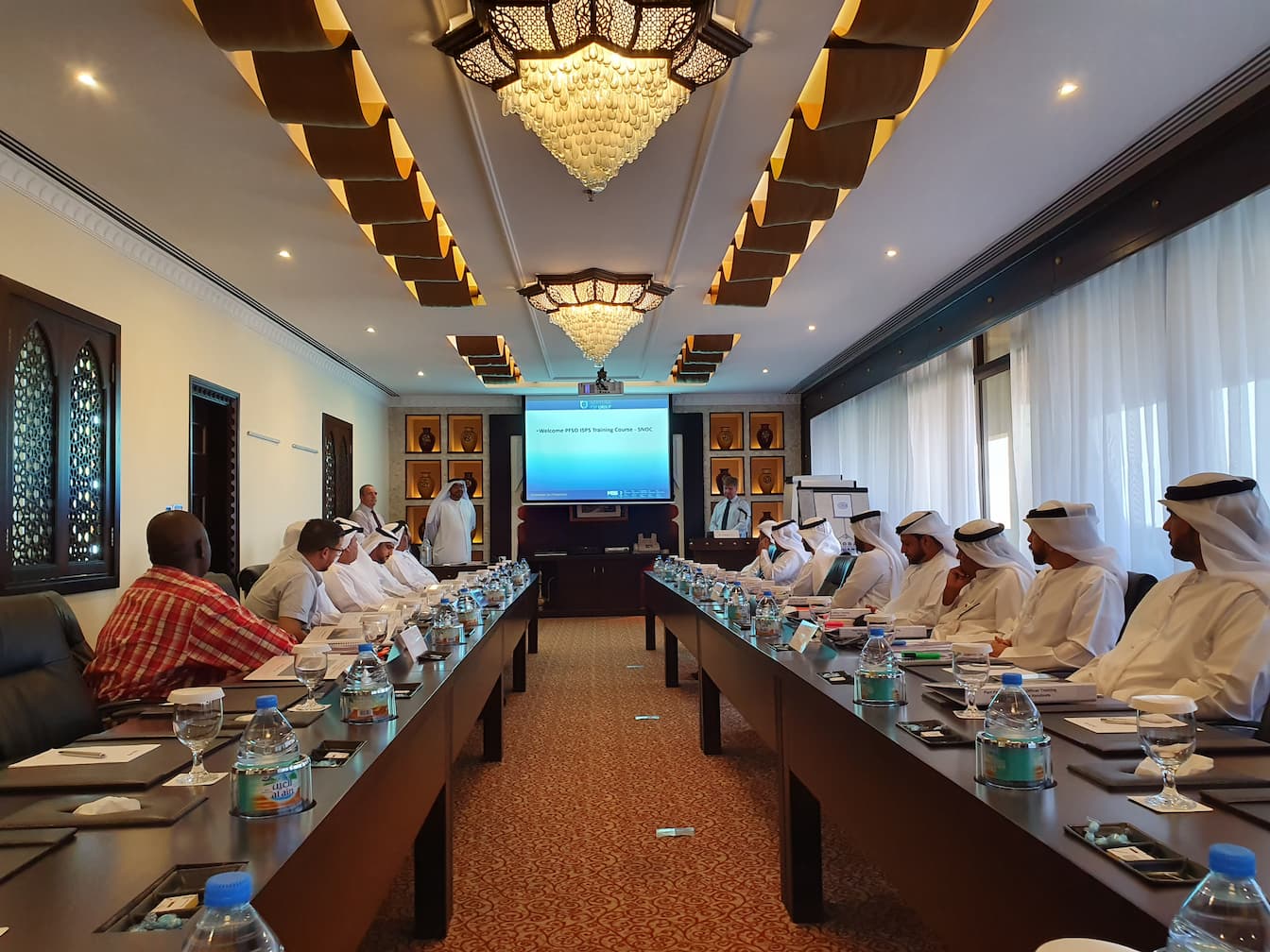
Ports play a key role in the movement of goods around the world. They connect ships, trucks, and trains carrying everything from food to electronics. Keeping these places safe is very important.
People who work in port security often take a port facility security officer international course to learn how to protect these busy areas better. International standards help guide them in keeping ports safe and working smoothly.
A Common Language for Safety:
Ports exist in many countries, and ships travel between them all the time. Without clear rules that everyone understands, it would be hard to keep track of what’s safe and what’s not. International standards give port workers a shared way of talking about security. This common language makes it easier to work together, even if people come from different backgrounds or speak different languages.
Protecting People and Cargo:
Ports bring together many people, including workers, visitors, and crew members. Along with goods, ports handle things that could be dangerous if not watched carefully. International standards help port security teams know what to look for and how to act if something feels off. By following these guidelines, ports reduce risks to both people and cargo.
Helping Ports Work Well Together:
Ships don’t stay in one port, they travel far and wide. When a ship leaves one country and arrives at another, security measures from both sides matter. International standards make it easier for ports to match up their safety plans. This reduces delays and confusion. When every port follows the same basic rules, goods can move more smoothly across borders.
Being Ready for Different Risks:
Each port faces its own challenges, such as theft, smuggling, or natural events. International standards are built to be flexible so they can fit different types of ports and risks. This allows security officers to adjust their plans while still keeping to a trusted set of rules. A port’s safety grows stronger by following a clear but adaptable system.
Training for Real Situations:
Taking the port facility security officer international course helps people learn the standards in practical ways. They practice how to spot problems and respond quickly. This hands-on training helps ports stay prepared every day.
International standards bring ports and workers from around the world together with one goal, safer shipping and smoother trade. By using these shared rules, ports protect people, cargo, and countries. They help keep the goods flowing and the world connected.